L'Aquila
2018
L'Aquila (IPA: / ˈlakwila /, pronunciation, formerly Aquila until 1863 and Aquila degli Abruzzi until 1939) is an Italian town of 69 284 inhabitants, capital of the province of the same name and of the Abruzzo region. The city is located in the Abruzzo hinterland on the slope of a hill to the left of the Aterno river, in a predominant position with respect to the Gran Sasso massif, the homonymous basin and the Aterno valley, on an area of 467 km² which make it the ninth largest municipality in Italy. Divided into 59 districts and hamlets, part of its territory is included in the Gran Sasso and Monti della Laga national park and reaches over 2,000 meters above sea level.
You may also like

2018
L'Aquila - Basilica of S. M. di Collemaggio
The basilica of Santa Maria di Collemaggio is a religious building in L'Aquila, located just outside the city walls, on the hill of the same name. Founded in 1288 at the behest of Pietro da Morrone - crowned pope here with the name of Celestino V on 29 August 1294 - it is considered the highest expression of Abruzzo architecture, as well as the symbol of the city and was declared a national monument in 1902. Since 1327 houses the remains of the pontiff, currently preserved inside the mausoleum of Celestino V, built in 1517 by Girolamo da Vicenza, master of Andrea Palladio. It is the seat of an annual jubilee, the first in history, established with the Bull of Forgiveness of 29 September 1294 and known as Perdonanza Celestiniana; therefore, it is characterized by the presence of a Holy Door on the side facade. The church, which boasts the title of minor basilica together with the fellow citizens San Bernardino and San Giuseppe Artigiano, has been remodeled several times over the centuries mainly due to the damage caused by frequent earthquakes and presents a mixture of different architectural styles. Following the 2009 earthquake, it was subjected to consolidation and restoration works which ended in 2017.
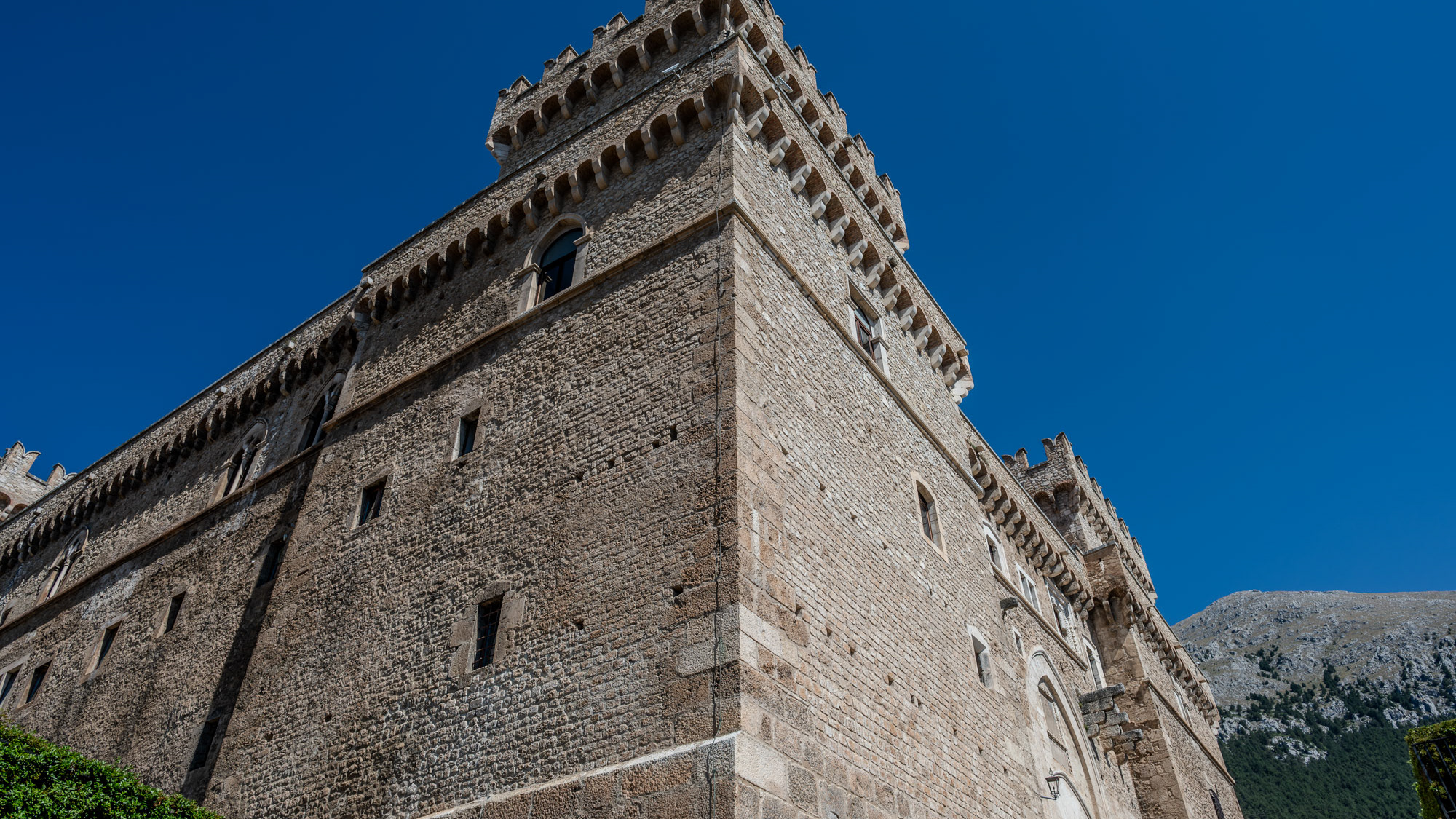
2024
Celano. The Piccolomini Castle
The Piccolomini Castle of Celano overlooks the Fucino plain, once occupied by the third largest lake in Italy, majestically and imposingly.
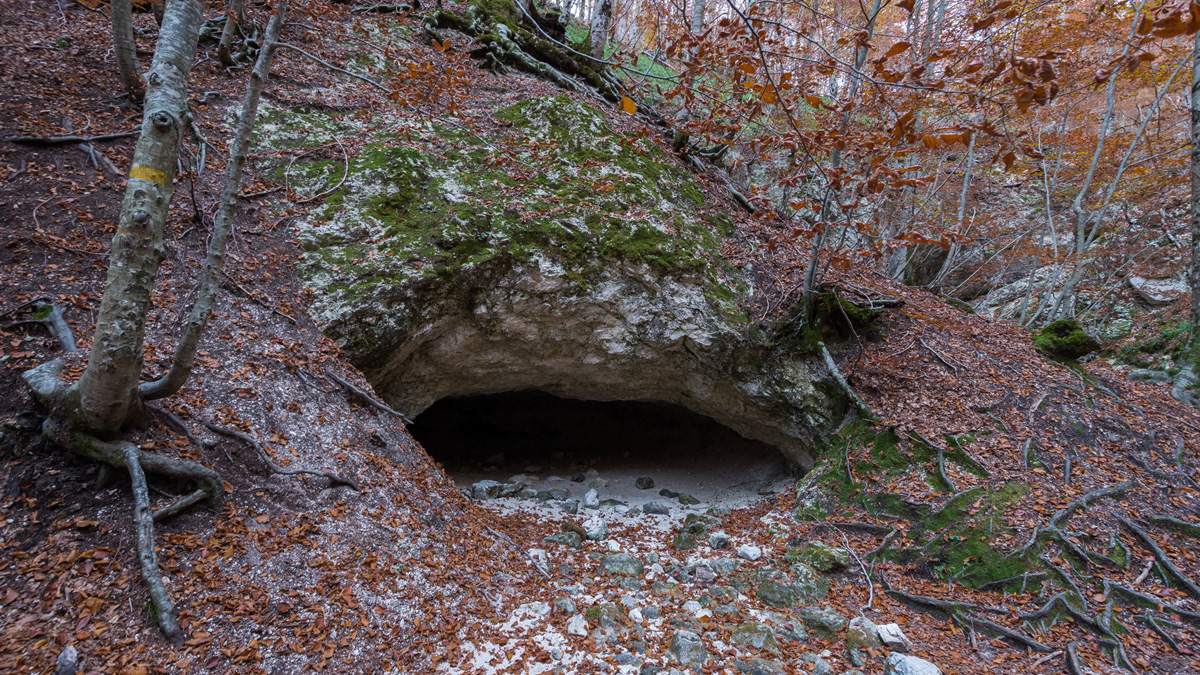
2017
P.N.A.L.M. - Part II
The National Park of Abruzzo, Lazio and Molise is a national park including for the most part (about 3/4) in the province of L'Aquila in Abruzzo and for the remainder in that of Frosinone in Lazio and in that of Isernia in Molise. It was inaugurated on 9 September 1922 in Pescasseroli, the current headquarters and central management of the park, while the body of the same name had already been established on 25 November 1921 with a provisional directorate. Its establishment took place officially with the Royal decree-law of 11 January 1923.

2017
Monte Amaro
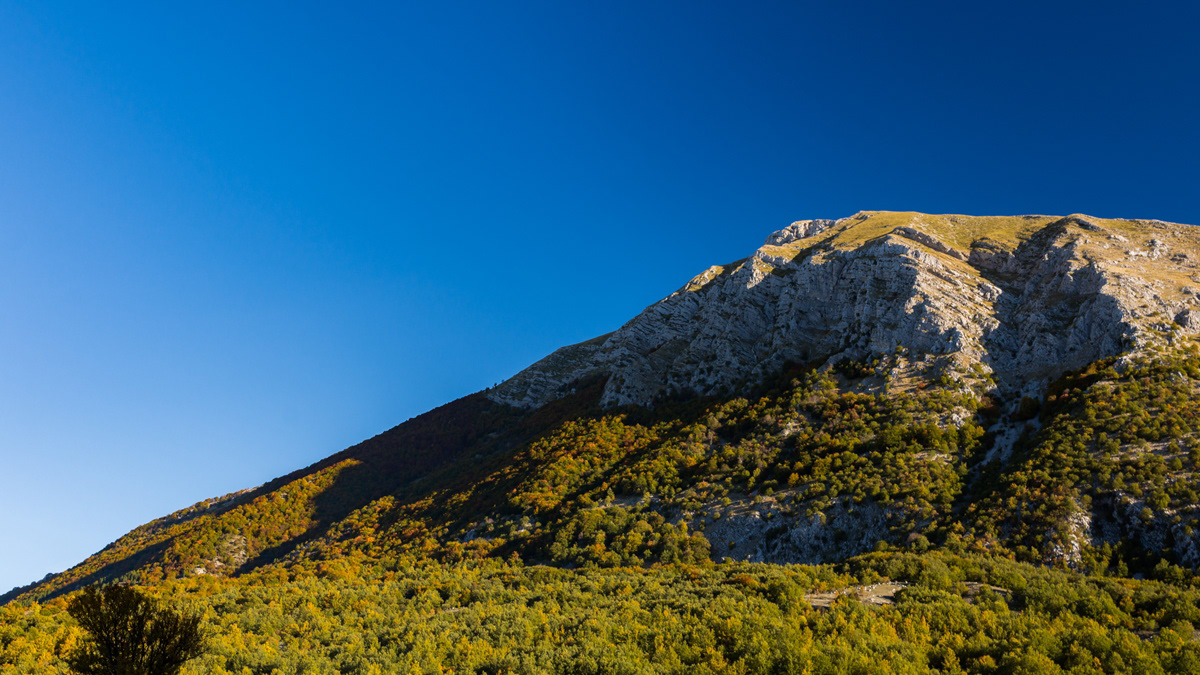
2017
P.N.A.L.M. - Part I
The National Park of Abruzzo, Lazio and Molise is a national park including for the most part (about 3/4) in the province of L'Aquila in Abruzzo and for the remainder in that of Frosinone in Lazio and in that of Isernia in Molise. It was inaugurated on 9 September 1922 in Pescasseroli, the current headquarters and central management of the park, while the body of the same name had already been established on 25 November 1921 with a provisional directorate. Its establishment took place officially with the Royal decree-law of 11 January 1923.
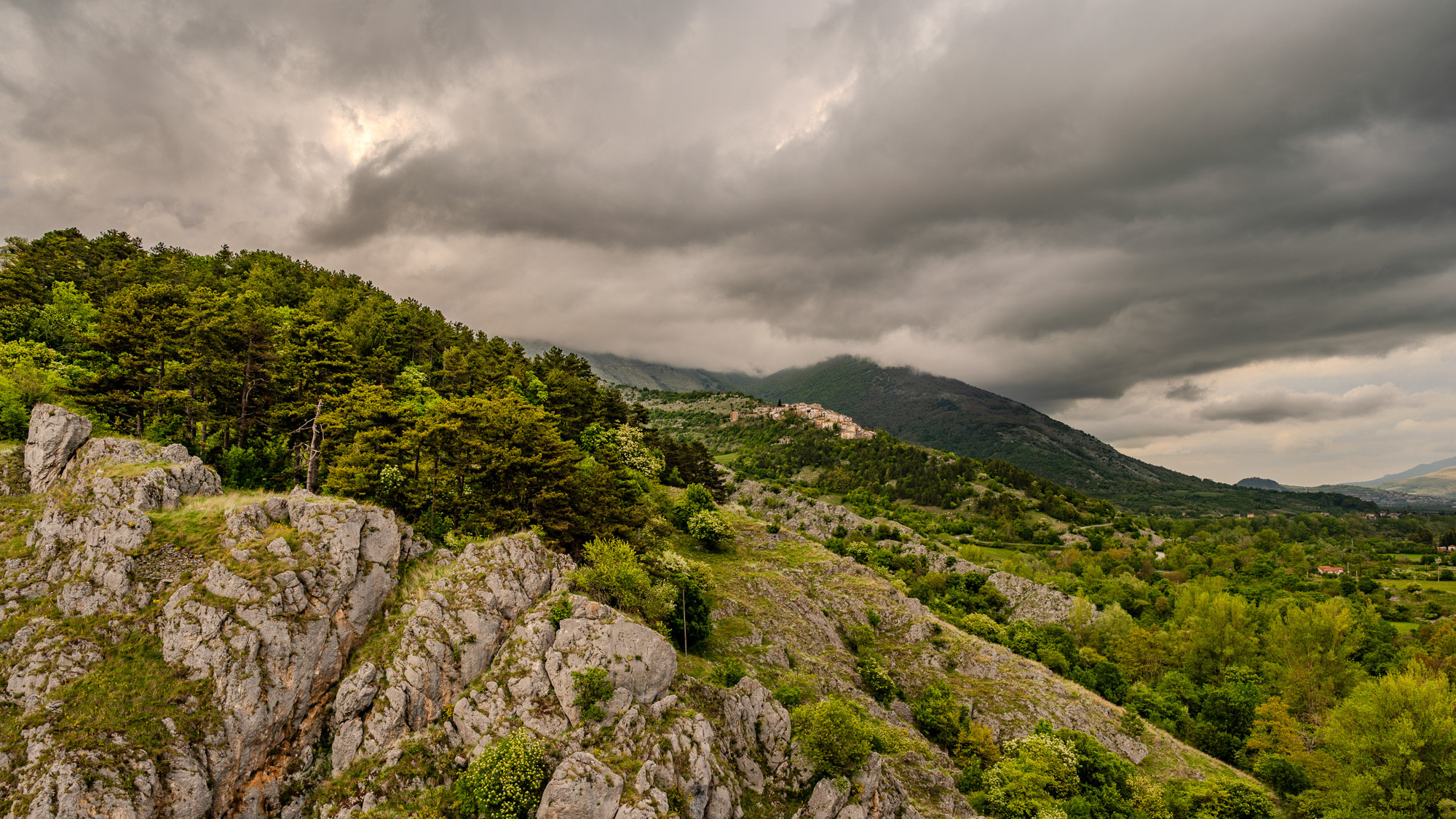
2024
Spectacular landscapes and views 2024

2024
Morro D’Oro. Church of SS. Salvatore
At the entrance to the town of Morro D'Oro (Teramo), 210 m above sea level, there is the Church of SS.mo Salvatore. It is also dedicated to St. Nicholas of Bari, patron saint of Morro D'Oro
2022
Lanciano. Seat of the Eucharistic Miracle
The church of S. Francesco or sanctuary of the Eucharistic Miracle is annexed to the homonymous convent of the Friars Conventual. It contains the famous relics of the Eucharistic miracle of Lanciano.

2024
Celano. Church of St. John the Baptist
Begun in the 13th century, it was completed in the 15th century. The rose window has the head of the Baptist in the center. The three internal naves are divided by octagonal pillars
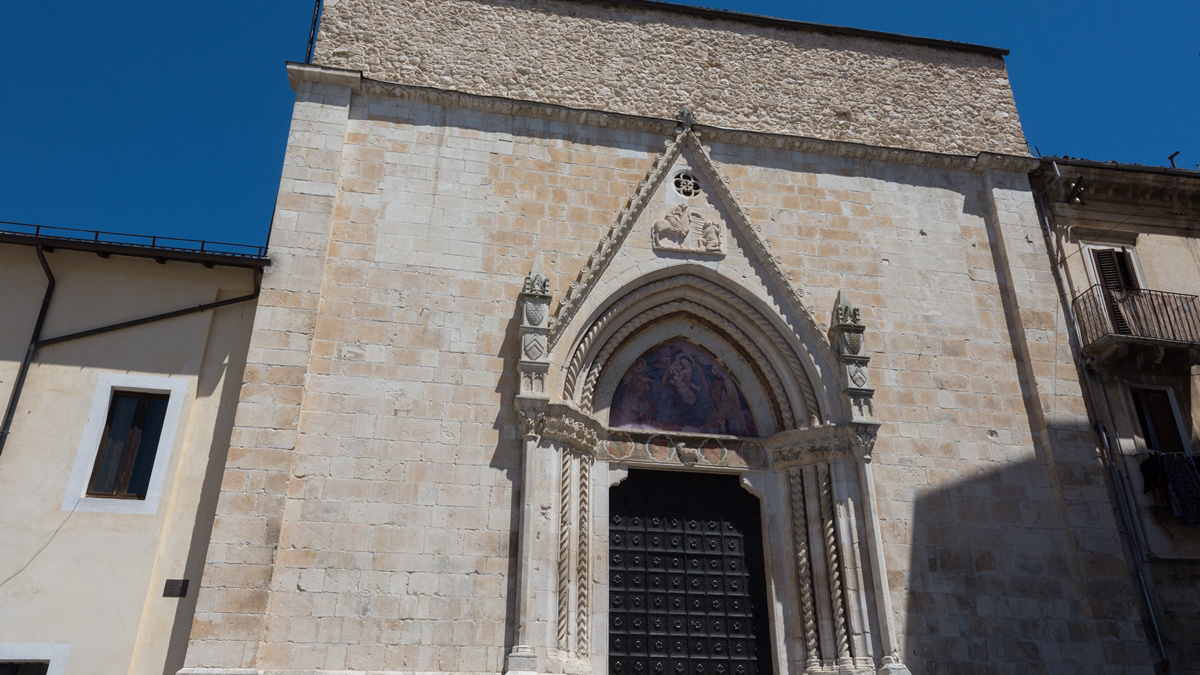
2018
Sulmona (AQ)
Sulmona (formerly Sulmo, Sulmóne in Abruzzo) is an Italian town of 24 076 inhabitants in the province of L'Aquila in Abruzzo. It is the third most populous municipality in the province (behind L'Aquila and Avezzano) and the eleventh in the region. Located in the heart of Abruzzo, close to the Majella National Park, Sulmona is known worldwide for its centuries-old tradition in the production of sugared almonds. It is also the bishopric of the homonymous diocese Sulmona-Valva. Formerly oppidum of the Peligni, later a Roman municipality, in 43 BC. Sulmo was the birthplace of the Latin poet Publio Ovidio Nasone. In the Middle Ages, by the will of Frederick II, it was from 1233 to 1273 the seat of the execution of Abruzzo. It is among the cities decorated with military valor for the war of liberation, awarded the Silver Medal for the sacrifices of its populations and for its activity in the partisan struggle during the Second World War.
